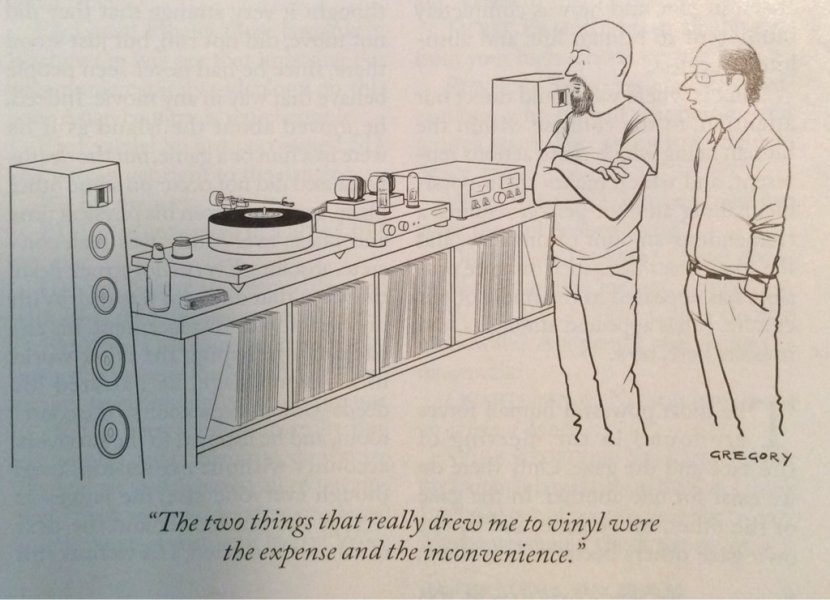Hi Audioquest4life - same experience here. Turn the Io on, an hour or so before listening, and even then, it improves with another hour. But it sounds acceptable after half an hour. Maybe I became a bit fanatic - it sounds best after four, five hours! Thats why I kept it on, for long periods, but this probably contributed to having to replace the volume controls (heat over 10 years use) though I don't know the exact cause.
In 2012, I shipped my Io mk 2, with volume, aux input and one power supply (bought in 2004), to Aesthetix for a "partial eclipse upgrade". The "partial" meant that the old black chassis was retained, everything else was upgraded to eclipse standard, from what I understood. I also ordered a second power supply. This was built by Aesthetix in 2012. It sounds much like the power supply I had already. If these have been made / upgraded to the new standard that you refer to - I don't know. They do warm up the room of course but don't seem to make excessive heat. Any way I can check if I have old vs new power supplies?
Bi-amping with the Atma-sphere MA1 monoblocs seems a bit strange, I know. I use the biamping for all sources, including vinyl and digital. The MA1 amps are fully qualified to drive a fairly large room, with sensitive speakers, on their own. No worry. I do this biamping for several reasons. First, and mainly, because I bought a second pair of "effect" speakers, called LCS - late ceiling splash (later called Space generators) from Audiokinesis. I needed a separate amp to be able to control the relative volume of the LCS vs the front speakers - Audiokinesis Dream Maker floorstanders. Even if the MA1 amps could drive both pairs, I noted that it seemed a bit too much for the amps - the sound was better with the Dream Makers alone.
The biamping was helpful also since my room, 51m2 size, is fairly large, and somewhat hard to "drive". At this point I am obliged to Jim Smith's book, Get better sound, where he advocates the idea that the room is part of the system, the system should play "with" the room, and engage it in beneficial ways. This fitted very well with the Audiokinesis philosophy of a large amount of reverberant or reflected sound. So with biamping, I not only got a bit better space and wider dimension of the sound, thanks to the LCS, but also a better fit with the room, some more muscle, compared to the Dream maker front speakers on their own. In most respects this sounds better, although in some respects the Dream makers sound more pure on their own. The trick is to give the effect speakers low volume, in the background - if I can hear them directly, from the listener position, they are too loud.
Tuning the front and effect speaker volumes properly, the result is that the sound is very good in all parts of the room, not just in the listener position in front of the main speakers. This is a huge benefit, since this is a combined listening / living room.
E g my family or audio friends can eat at the dining table, outside the primary listening zone, towards the back of the room, and yet hear very good and dimensional stereo sound.










